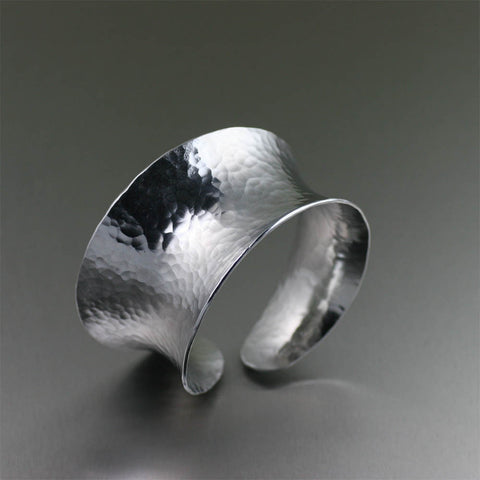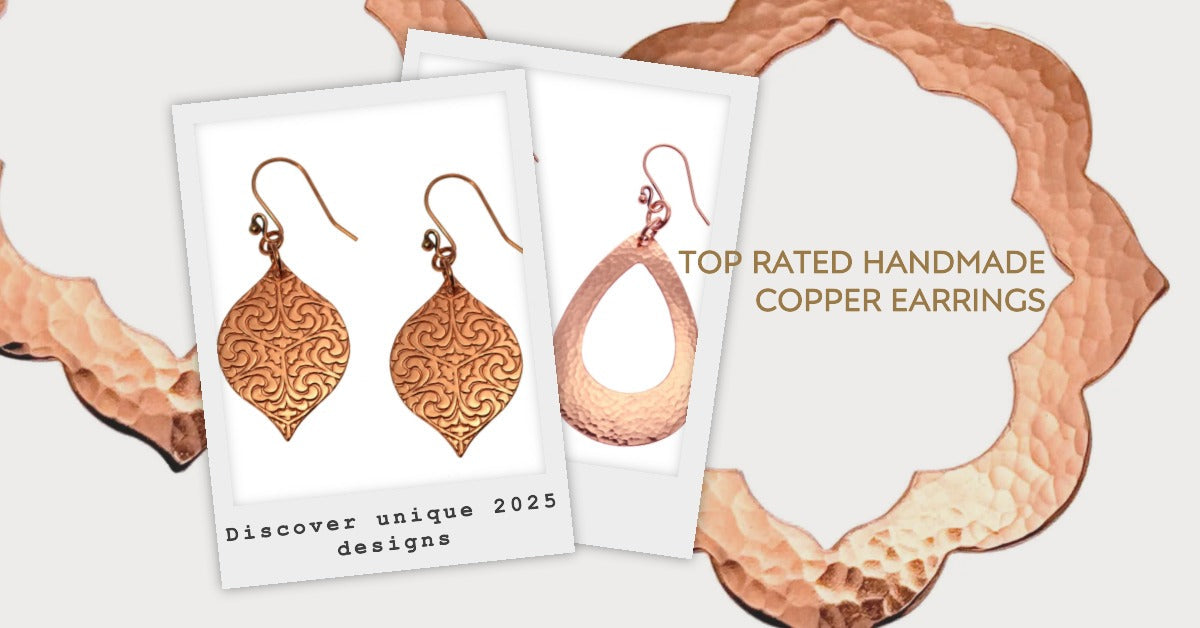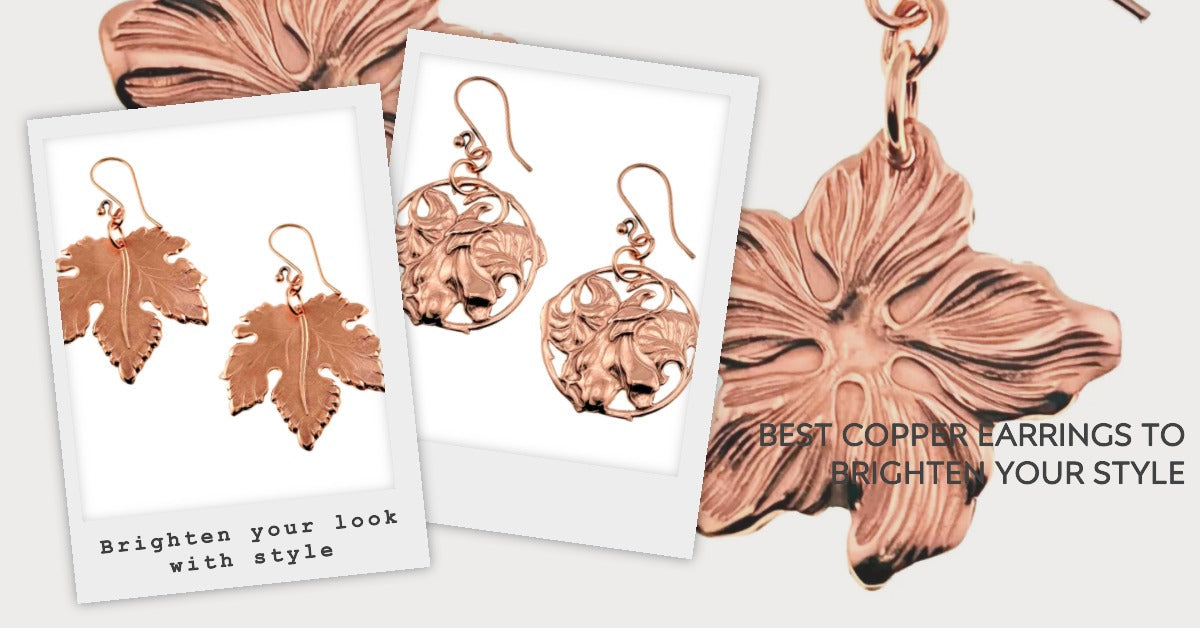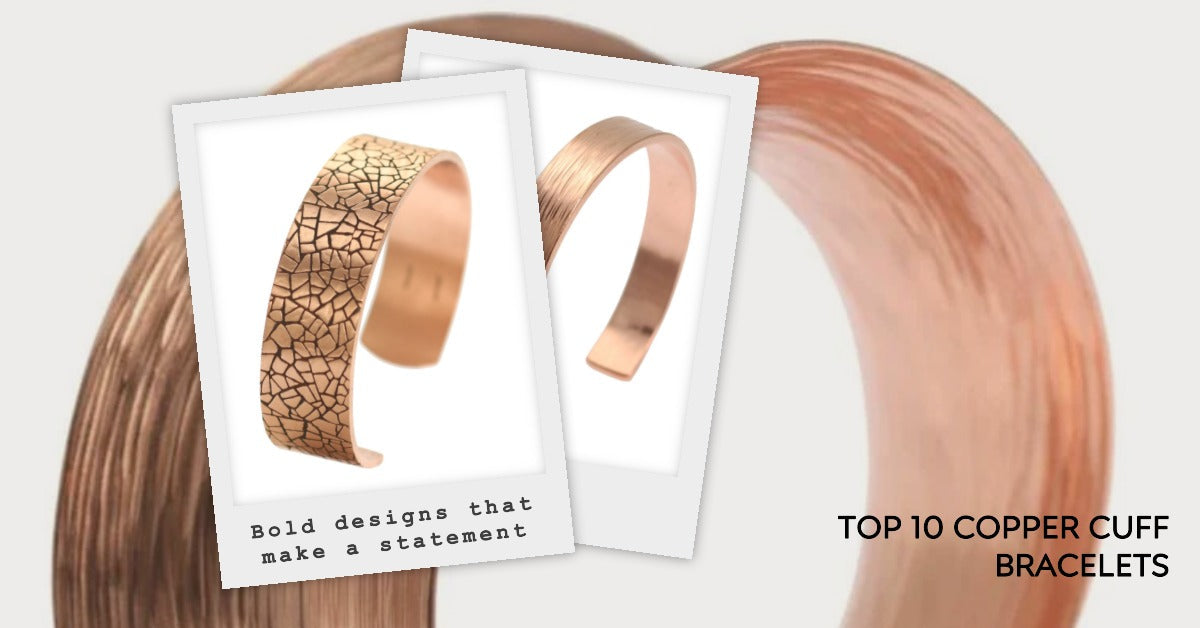What is Anticlastic Jewelry?
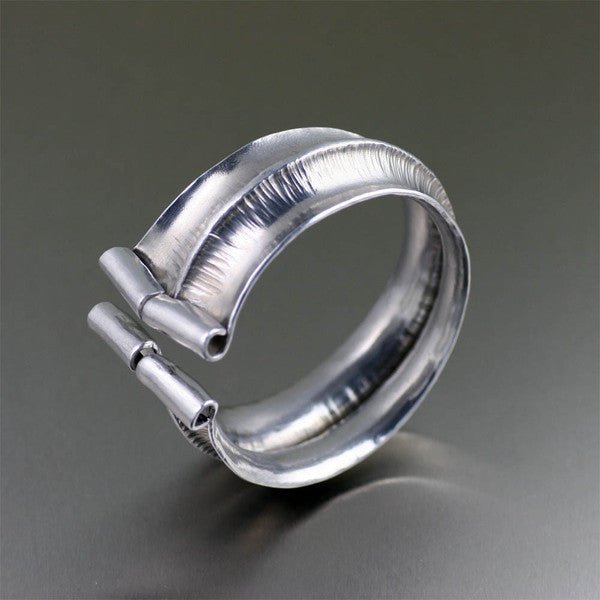
Anticlastic jewelry is a series of techniques used in metal forming to create handcrafted jewelry. The artist stretches sheet metal to create a concave curve on the outer surface while compressing the metal to create a convex curve in the middle. Both major curves, which are at 90 degrees to one another, go in the same direction. The bowl or dome shape is the ultimate form. Anticlastic jewelry is very unique and requires great patience and skills from the jewelry designer.
The Process of Anticlastic Raising
During the process of anticlastic rising, a flat sheet of metal is formed by stretching the center and compressing the sides so that the metal creates two curves that are of right angles to one another. While the pattern of the sheet is important to create the desired form, various forms can often be made from the same pattern. The final result is that of a “Pringle” potato chip or saddle shape.
Anticlastic raising is generally performed with a combination of plastic, steel, and wooden tools. A steel stake and plastic mallet are usually the quickest technique, but offers less control which ultimately requires more planishing. The preferred method is typically a plastic stake and steel hammer. This combination requires minimal planishing, and offers good speed and control. Available in various shapes and sizes, the stakes used in anticlastic raising primarily depend on the width of the metal and desired curves. The width of the pattern cannot exceed the distance between the crests.
Metals Used in Anticlastic Jewelry
Anticlastic raising is best suited for ductile metals, including silver, gold, copper, and bronzes. When this technique is used for jewelry, the metal can be quite thin. Shoppers can find a large selection of anticlastic jewelry as the technique offers a unique variety of design choices. Some popular choices include anticlastic earrings, cuffs, and bracelets. These pieces of art are highly sleek, sensual, and contemporary with a handcrafted touch.
Due to today’s high metal prices, a major advantage to anticlastic raising is the ability to create relatively thin and structural strength forms. The result is often a form that is springy and flexible, such as a necklace that requires flexibility to be worn comfortably. Anticlastic raising is both modern and ancient, with little history in between. During the Bronze Age Ireland, a ribbon torc necklace was crafted from a sheet of metal and twisted into a double helix. This creative technique of metalworking did not appear again until the end of the 20th century.
Click Here to Read More About the Most Popular Trends in Handmade Jewelry
John Brana
Author
John S Brana, based in San Francisco, is the founder of John S Brana Handmade Jewelry and President of Galleria NuVo, Inc. with over two decades of expertise in crafting distinctive handcrafted pieces. Transitioning from a finance and banking career in 2004, John manages everything from design to marketing. His modern, urban-inspired creations have graced fashion editorials, resonating with stylish, adventurous enthusiasts who value exquisite craftsmanship and luxury. Every piece narrates a distinct tale, mirroring the wearer's individuality.
Also in Jewelry News Blog
Recent Articles
-
Top Rated Handmade Copper Earrings 2025
Published date:October 31, 2025
-
Best Copper Earrings to Brighten Your Look
Published date:October 28, 2025
-
Top 10 Copper Cuff Bracelets That Make a Statement
Published date:August 22, 2025
-
How to Style Copper Earrings for Any Occasion: Tips for Every Look
Published date:August 11, 2025
-
Fall 2025 Must-Haves: 15 Bold New Copper Jewelry Designs from John S. Brana
Published date:July 22, 2025
-
12 Trendy Earring Styles for Special Occasions
Published date:July 11, 2025
-
Why Copper Jewelry Is the Perfect 7th Anniversary Gift
Published date:June 20, 2025
-
11 New Copper Earring Designs That Perfectly Align with Summer 2025 Trends
Published date:May 16, 2025
-
Color Pop & Nature Vibes: John S. Brana's Hottest Jewelry for Summer 2025 Trends
Published date:April 30, 2025
-
Essential Tips for Caring for Your Handmade Jewelry
Published date:April 20, 2025

